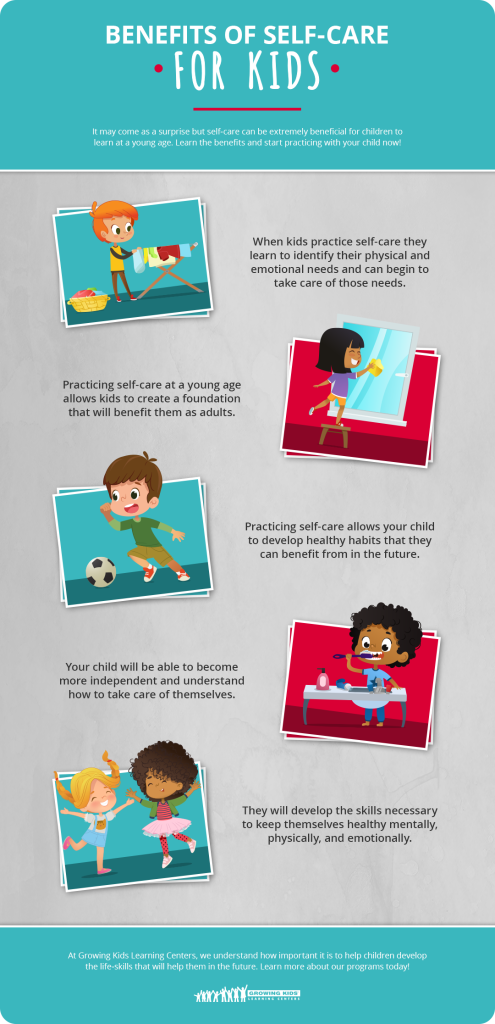As an educator, I have always been passionate about making a positive difference in my students’ lives. But little did I realize that introducing something as simple as breakfast could have such a profound impact on their academic performance and overall well-being.
For many children, starting the school day without proper nourishment is part of their daily routine. In many low-income households, parents may struggle to provide meals consistently due to insufficient finances or busy schedules. The sad reality is that students who don’t have access to a nutritious meal before school often fall behind their peers academically and face a multitude of health problems.
When I decided to implement a breakfast program at my school, I didn’t fully grasp the long-lasting implications it would have on my students and our school’s culture. I just wanted to ensure that every child had access to a nutritious start to their day.
The process began by seeking out local partnerships and researching available funding opportunities for our breakfast program. With support from parents, staff, and local businesses, we set up a simple yet efficient meal service offering foods like cereal, fruits, yogurt, and milk.
My colleagues and I were initially astounded by the substantial increase in student participation in class discussions and other academic activities. This early morning nourishment provided the energy they needed to focus better on their studies during the day.
Their attendance levels also improved significantly as they were motivated to come to school knowing that they’ll receive more than just an education – they’d also get a balanced meal every morning. It became evident that providing breakfast was directly linked to better school attendance rates which eventually translated into higher academic achievements for our students.
There was also a noticeable improvement in the classroom environment. We observed fewer instances of behavioral issues among our students after introducing breakfast. Previously hungry, irritable students now had calmer dispositions as they were not suffering from hunger pangs or struggling with their concentration throughout the morning lessons.
Apart from academic and behavioral improvements, we also noticed that many of our students formed stronger bonds with one another during breakfast sessions. Sharing a meal each morning nurtured a sense of community and camaraderie among them, leading to better group work dynamics during class projects and a more supportive atmosphere overall.
The breakfast program also allowed us to identify students who faced serious food insecurities at home. We took necessary steps to contact these families, providing guidance on resources available to them, and making sure they were aware of their options for assistance outside the school.
In retrospect, implementing a breakfast program proved to be one of the most impactful decisions in my teaching career. It has not only uplifted the academic performance and overall wellness of my students but also created an atmosphere conducive to strong relationships and happy learners.
By addressing this basic need in my students’ lives, serving breakfast each day made an indelible impact on their development as successful individuals and future members of society.











